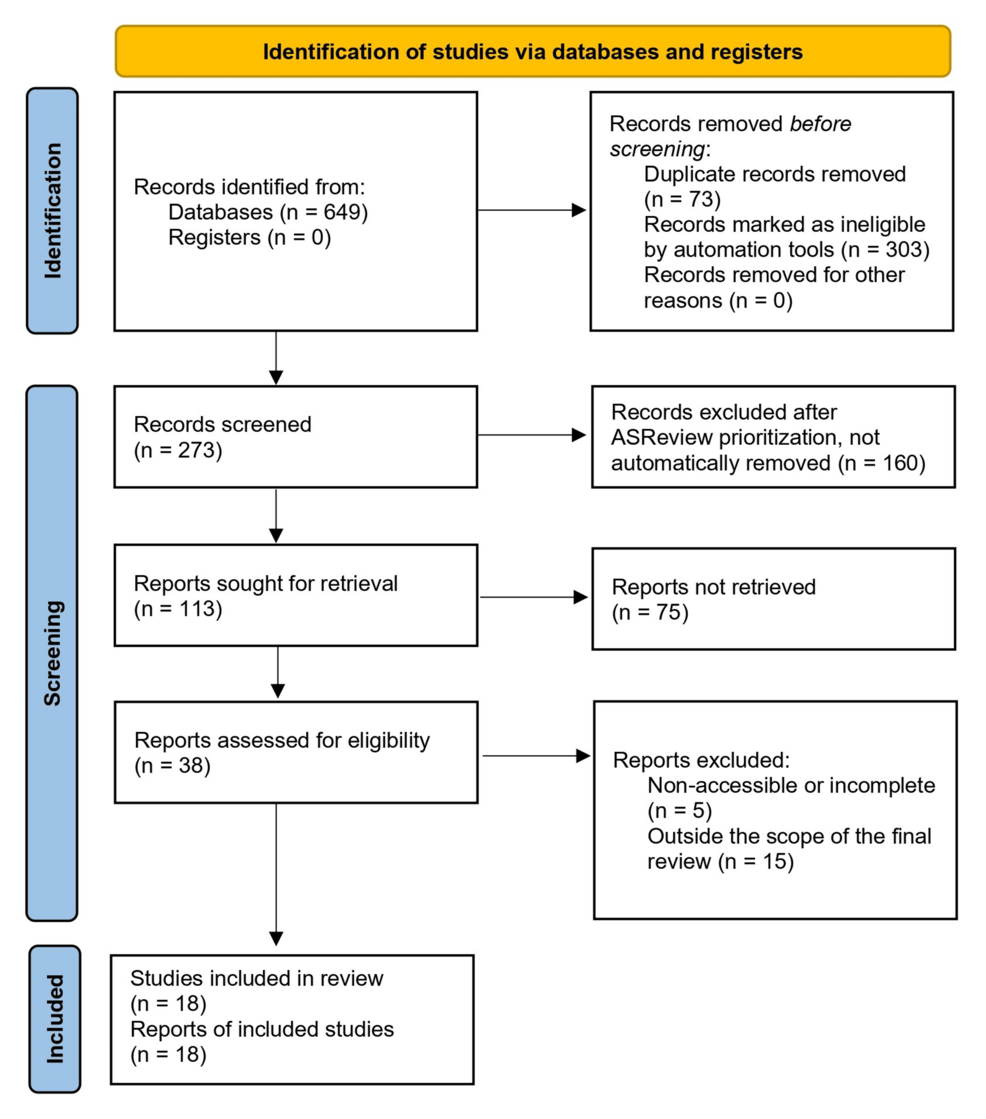You can always be judged by your scars. This is the idea that sums up one of the new breakthroughs in basic and biomedical research published today in the journal Science, an achievement of the Spanish National Cancer Research Centre…
Author: admin
-

Highlights of Wuhan Open tennis tournament on Oct. 10-Xinhua
Aryna Sabalenka hits a return during the women’s singles quarterfinal match between Elena Rybakina of Kazakhstan and Aryna Sabalenka of Belarus at the 2025 Wuhan Open tennis tournament in Wuhan, central China’s Hubei Province, Oct. 10, 2025….
Continue Reading
-

Microsoft introduces Windows Backup for Organizations
Microsoft announced the general availability of Windows Backup for Organizations this week. This new business backup feature simplifies the management of Windows devices and accelerates the transition to Windows 11.
The…
Continue Reading
-

Indonesia Bars Israeli Athletes from World Gymnastics Championships
Indonesia has decided not to issue visas to Israeli athletes set to compete at the upcoming World Artistic Gymnastics Championships in Jakarta, following widespread public opposition and the country’s long-standing support for…
Continue Reading
-

A Rare Homozygous α-Spectrin (SPTA1) Variant Causing Hereditary Pyrop
Introduction
Hereditary pyropoikilocytosis (HPP) is a severe red blood cell (RBC) membrane disorder that is classified as a subset of hereditary elliptocytosis. It is characterized by striking morphological abnormalities, including marked…
Continue Reading
-

The Sky Today on Friday, October 10: Spot Ceres in Cetus
The largest body in the main belt, 1 Ceres, passes close to a 5th-magnitude star in Cetus the Whale tonight.
Ceres spends all month within a short…
Continue Reading
-

Project evaluation underway for the 2025 call sport facilities
The evaluation process is ongoing for projects submitted under the “Sports Facilities 2025” call for proposals, launched by Regione Lombardia to support the renovation and energy efficiency of public sports venues. The initiative, which…
Continue Reading



